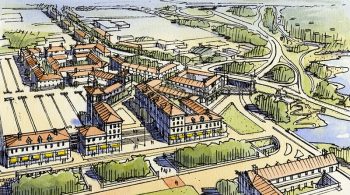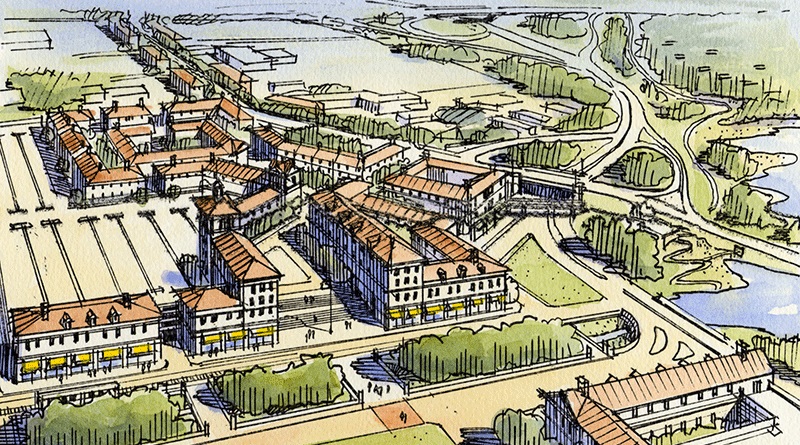The Maryland Department of Planning has released a new online resource, Planning Tools for Transit Oriented Development. The resource consists of two tools: an interactive TOD Profile Tool and a Models & Guidelines document. Developed in collaboration with the Maryland Department of Transportation (MDOT), Planning Tools for Transit Oriented Development provides a collection of wide-ranging TOD resources in one central location and allow planners, developers, elected officials, and residents to access information about TOD near stations throughout Maryland. This cohesive resource supports comprehensive implementation of TOD that stakeholders throughout the US can learn from.

The TOD Profile Tool is an interactive web mapping application that provides demographic, socio-economic, land use, and ridership information about each transit station in Maryland. Metro, light rail, and commuter rail routes and stops are shown as well as commuter and local bus routes. For select stations, links offer additional information on development projects that have been proposed, under construction, or have recently been completed.
The Planning Tools for Transit Oriented Development Models & Guidelines highlights policies, programs, and implementation efforts from around the state. This provides local government with ideas for how best to capitalize on transit opportunities to create successful TOD projects. In addition, best practice examples of successful TOD developments, plans, and strategies illustrate how success can be achieved.
Tools such as these help Maryland capitalize on its robust transit network. Fixed route transit service serves both the Baltimore and Washington, D.C. metropolitan regions: Baltimore Light Rail and Metro connect Anne Arundel and Baltimore counties and Baltimore City, while DC Metro serves Montgomery and Prince George’s counties in Maryland, as well as the capital district and northern Virginia. Commuter rail service, known as MARC, provides additional connections to and between Baltimore and Washington. About 250,000 riders board each weekday at one of more than 100 commuter rail, heavy rail, and light rail stations.

This comprehensive transit system and solid system ridership has proven important to Maryland. To support TOD opportunities, the state has implemented a TOD Designation program through MDOT. Local jurisdictions can nominate their transit stations for designation, which affords a range of benefits from technical assistance to financing and tax credits for potential development projects. There are currently 16 designated stations.
These new online tools and the effort to provide assistance in navigating TOD by MDP and MDOT is part of a larger statewide initiative on Infill, Redevelopment and Revitalization (I/R/R). The Maryland Sustainable Growth Commission is working to identify strategies to redevelop communities across the state, with TOD playing a key role to help move the effort forward.

